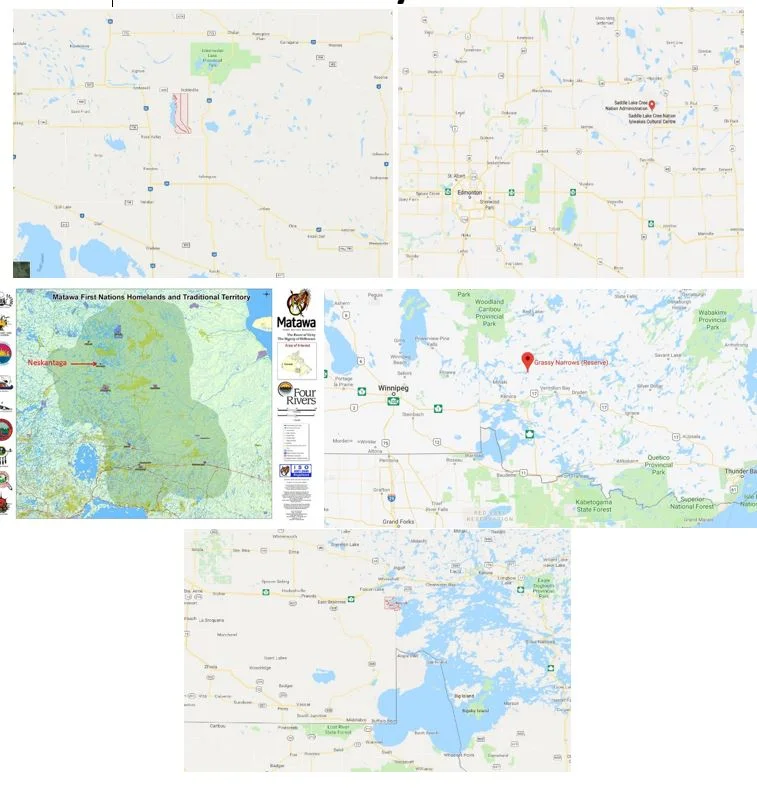“Yellow Quill is a community some two and a half hours northeast of Saskatoon and I fear for the health of its community members because the tap water is so bad.” – Carla Plotnikoff, Environmental Health Officer for Saskatoon Tribal Council
Yellow Quill First Nation was under a boil water advisory for nine years. Yellow Quill’s water was thought to be untreatable. However, a scientist named Dr. Hans Peterson conducted a 22-month pilot and research project in Yellow Quill, which led to the development of the Integrated Biological and Reverse Osmosis Membrane (IBROM) treatment process.
Grades 6-9 Lesson 3: Five Community Water Tales
“Tainted water and broken systems on Ontario’s First Nations reserves are jeopardizing health, burdening parents and caregivers, and exacerbating problems on reserves. First Nations people have the same human rights to adequate water and sanitation as all Canadians, but in practice cannot access them.” – Amanda Klasing, Senior Researcher, Women’s Rights Division, Human Rights Watch
Grades 10-12 Lesson 5: The Tale of Saddle Lake Cree Nation
“I’ve never seen a water supply in such poor shape! The lake is covered with blue greens, which make mats in nearshore areas. Yet this is a drinking water supply for several thousand First Nations people! This is a story that city people need to hear and see. They cannot imagine that we have water problems of this magnitude in Alberta.” – Dr. David Schindler
The community draws its water from Saddle Lake, which has 25-30 ppm of organics, as well as large algal blooms in the summer.



